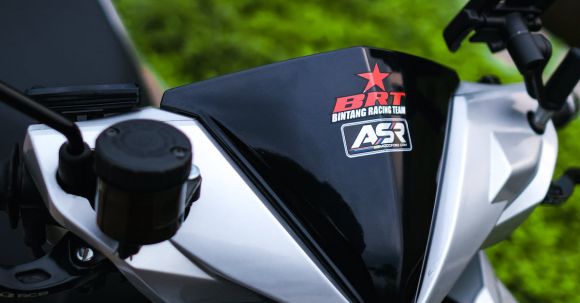Are you ready to hit the open road on a motorcycle? Before you can do that, you’ll need to obtain your motorcycle license. Riding a motorcycle requires a specific set of skills and knowledge, so it’s important to go through the proper licensing process. In this article, we’ll guide you through the steps to get your motorcycle license, from studying for the written test to passing the practical exam.
Research Your State’s Requirements
The first step in getting your motorcycle license is to research and understand the requirements in your state. Every state has its own set of rules and regulations regarding motorcycle licensing. Some states require you to have a regular driver’s license before applying for a motorcycle license, while others have separate licenses for motorcycles. Make sure you know what is required in your state to avoid any surprises.
Study for the Written Test
Once you’re familiar with the requirements, it’s time to start studying for the written test. The written test will assess your knowledge of motorcycle laws, safety practices, and road signs. Study your state’s motorcycle handbook, which can usually be found online or obtained from your local Department of Motor Vehicles (DMV). Take the time to thoroughly understand the material and practice answering sample questions to ensure you’re prepared for the test.
Take a Motorcycle Safety Course
While not always required, taking a motorcycle safety course is highly recommended. These courses provide comprehensive training on riding techniques, safety procedures, and handling different road conditions. Not only will you learn valuable skills, but completing a safety course may also exempt you from the written and/or practical exams required to obtain your motorcycle license. Check with your local DMV to find approved courses in your area.
Apply for a Learner’s Permit
Once you feel confident in your knowledge and skills, it’s time to apply for a learner’s permit. A learner’s permit allows you to practice riding a motorcycle under certain conditions, such as riding during daylight hours or with a licensed rider accompanying you. To apply, visit your local DMV with the necessary documentation, which may include proof of identity, residency, and completion of the written test. Pay any required fees and take a vision test if necessary.
Practice Riding and Gain Experience
With your learner’s permit in hand, it’s time to hit the road! Practice riding in a variety of conditions, such as different weather and traffic situations. Familiarize yourself with the controls of your motorcycle and practice basic maneuvers, such as starting, stopping, turning, and shifting gears. The more experience you gain, the more comfortable and confident you’ll become on the road.
Schedule and Pass the Practical Exam
Once you’ve gained enough experience and feel ready, schedule your practical exam. The practical exam will test your ability to safely operate a motorcycle on the road. It typically includes a combination of maneuvers, such as turning, stopping, and weaving through cones. Be sure to review your state’s requirements for the practical exam and practice those specific skills. On the day of the exam, arrive early, bring all necessary documentation, and demonstrate your skills confidently.
Obtain Your Motorcycle License
Congratulations! If you’ve passed the practical exam, you’re now ready to obtain your motorcycle license. Visit your local DMV and provide the required documentation, which may include your learner’s permit, proof of completion of a safety course, and payment of any fees. Your motorcycle license will be issued, allowing you to legally ride a motorcycle on the road.
In conclusion, obtaining your motorcycle license requires research, studying, practice, and passing both a written and practical exam. By following the steps outlined in this article, you can confidently navigate the licensing process and start enjoying the freedom of riding a motorcycle. Remember to always prioritize safety and continue to improve your riding skills even after obtaining your license. Happy riding!
